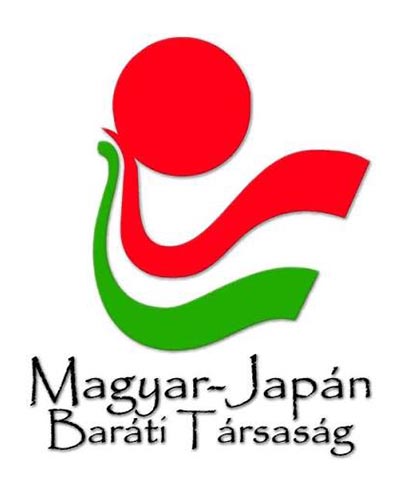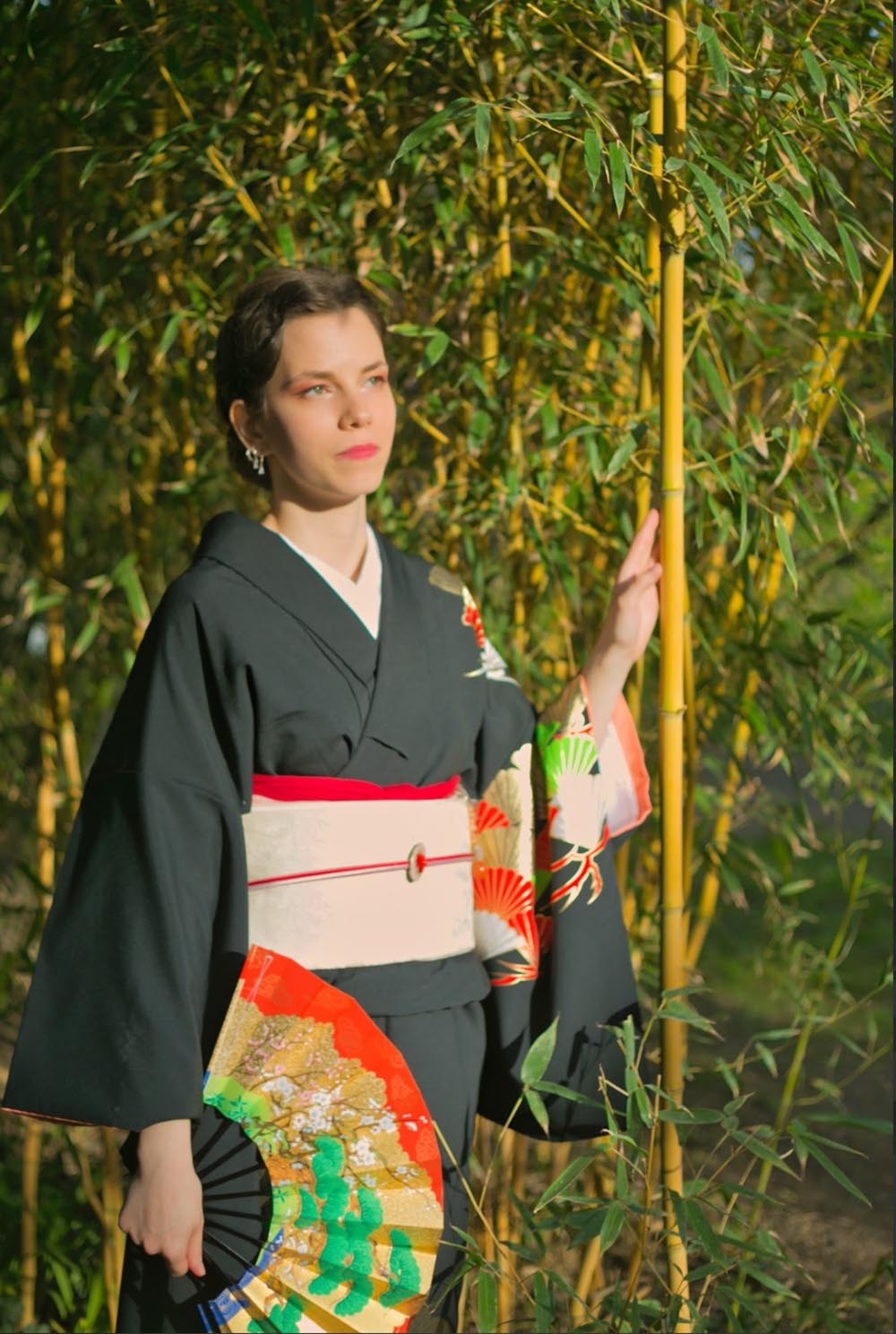The connection between Hungary and Japan has grown into a vibrant, multidimensional relationship built on mutual curiosity, shared values and cultural respect. From the popularity of Japanese arts and traditions in Hungary to the steady rise of Japanese investments and cooperation in innovation and energy, the partnership has evolved into a dynamic dialogue rather than a formal alliance. László Zentner, Secretary General of the Hungary–Japan Friendship Society, and Adrienn Simon, its Programme Director, discuss how their organization continues to deepen this friendship, bridging cultures, fostering people-to-people exchanges and paving new paths for collaboration in 2025 and beyond.
Bridges: How would you describe the relationship between Hungary and Japan in 2025?
Zentner: By 2025, Hungary and Japan’s relationship feels more lively than ever, shaped by curiosity, cultural exchange, and a growing sense of partnership. In Hungary, Japanese culture has become increasingly visible–film screenings, tea ceremonies, calligraphy workshops, manga exhibitions–all of which have sparked deep interest and helped people connect with both Japan’s traditions and modern life.
On the political and economic side, cooperation has been steadily widening. At the same time, on the diplomatic and economic front, both nations are actively broadening their cooperation: Japanese investment in Hungary continues to rise, while Hungarian delegations regularly visit Tokyo to explore new alliances in technology, energy, and innovation.Hungary’s pavilion at Expo 2025 in Osaka also made a strong impression, highlighting themes like nature, craftsmanship, and harmony–values that resonate well with Japanese audiences.
In this spirit, the relationship today feels less like a formal partnership and more like a dynamic dialogue, grounded in shared values and evolving mutual confidence.
What role does the Hungary–Japan Friendship Society play?
The Hungary–Japan Friendship Society plays an important role in strengthening ties between the two countries by acting as a cultural and educational bridge. Since its founding in 1987, it has brought together people who share a genuine interest in Japanese traditions, language and arts, organizing lectures, exhibitions, language courses and community events both in Budapest and in regional centers. Through these activities the Society fosters personal connections and mutual understanding, which serve as a foundation for deeper cooperation at the political and economic levels as well. Its work highlights the value of people-to-people diplomacy, making cultural exchange accessible and meaningful, and ensuring that the friendship between Hungary and Japan is lived and experienced in everyday life.
The Hungary–Japan Friendship Society plays an important role in strengthening ties between the two countries by acting as a cultural and educational bridge.
László Zentner, Secretary General of the Hungary–Japan Friendship Society
What can be done to take Hungary–Japan relations to the next level in 2025/26?
Regular Japanese popular science / culture lectures in our Japan Club
- We will host more lectures and talks in the near future in our association’s Belváros-based Japan Club, covering a wide variety of topics—from history, philosophy, society, art, to science and technology. These lectures will be open to members and non-members alike, with targeted marketing to attract new audiences.
Japan Weekends / Japan Festivals for broader audiences
- We plan to organize large-scale “Japan Weekends” that bring together workshops, performances, demonstrations, film screenings, food, fashion, and traditional arts. These events will aim to reach beyond the core membership, attracting new people who have only a casual interest in Japan, thus building bridges and public visibility.
Expanding our divisions to include more traditional Japanese arts and practices
- To deepen engagement with Japan’s cultural heritage, we intend to broaden the range of specialist divisions (e.g. tea ceremony, kimonos, calligraphy, ikebana, bonsai, martial arts, Japanese gardens, folk crafts). This expansion will allow interested members to delve more seriously into multiple traditions, and provide structured, sustained programs (courses, demonstrations, collaborations) rather than one-off events.
Simon: We’re enriching exchanges by bringing Japanese guest speakers, masters, and scholars to Hungary, and by partnering with cultural foundations, universities, and embassies to co-create programs, exchanges, and sponsorships. We also host cultural, academic, and youth delegations—and we’re arranging more reciprocal visits from Hungary to Japan.
We’re enriching exchanges by bringing Japanese guest speakers, masters, and scholars to Hungary, and by partnering with cultural foundations, universities, and embassies to co-create programs, exchanges, and sponsorships.
Adrienn Simon, Programme Director of Hungary–Japan Friendship Society
Education and visibility are central for us. We’re working with schools and universities to introduce Japan-focused modules and student exchanges, while camps, immersion programs, and youth contests—language, manga, poetry—spark early interest. We’re widening our reach online through social media, podcasts, and YouTube, and in print via Kizuna and our bilingual website, including translations between Hungarian and Japanese.
Beyond Budapest, we’re empowering local chapters to bring Japan Weekends, lectures, and festivals to other cities, supported by mobile “Japan in a Box” kits. To keep momentum, we track participation and media impact, adjust based on feedback, diversify funding through sponsorships, grants, and membership growth, and seek recognition from Hungarian and Japanese cultural bodies to open more doors.
What began as cultural curiosity is maturing into practical collaboration. With steady hands and open doors, Hungary and Japan are turning connection into progress.





